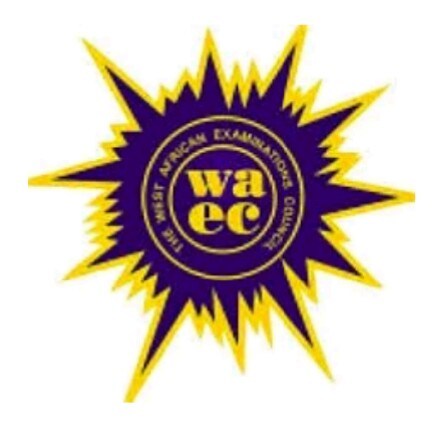The West African Examination Council (WAEC) syllabus for Visual Art is a crucial resource for students preparing to sit for the Visual Art examination.
This syllabus provides a clear outline of the aims, objectives, and format of the exam.
It also includes notes on important concepts that students should focus on while studying.
In this blog post, we will delve into the details of the Visual Art syllabus, highlighting its significance in exam preparation.
Importance of Studying the Visual Art Syllabus:
Just as a farmer needs agricultural tools to be productive on a farm, students require the Visual Art syllabus as a guide to know what topics to study for the examination.
It serves as a roadmap for their preparation, ensuring they cover all the necessary areas.
By following the syllabus, students can develop a deep sense of observation, analytical skills, and expressive abilities through various self-participatory art activities.
Key Objectives of the Visual Art Syllabus:
The WAEC Visual Art syllabus aims to assess students’ abilities and knowledge in the following areas:
- Development of observation, analytical, and expressive skills through art activities.
- Use and maintenance of art tools, equipment, and materials.
- Appreciation of values and qualities of different works of art, including indigenous material culture.
- Understanding and creative application of design elements and principles.
- Knowledge of the history and branches of Art.
- Appreciation of the relationship between African Art and Western Art.
- Understanding the role of art in socio-economic development and self-reliance.
- Application of indigenous and modern technology in art.
- Creative skills in improvising with local materials and resources.
- Recognizing the relevance of art in other subject areas.
- Exposure to careers in art.
Scheme of Examination:
The Visual Art examination consists of three papers: Papers 1, 2, and 3. All three papers are compulsory and must be taken.
Paper 1: This multiple-choice objective paper contains 40 questions to be completed in 50 minutes, carrying 40 marks.
Paper 2: This paper is divided into three sections: A, B, and C. It covers general knowledge in art, art of West Africa, and pre-historic art, ancient Egyptian art, and Western Art. Candidates will answer a total of four essay questions, selecting one question from Section A, two from Section B, and one from Section C. The paper lasts 2 hours and carries 60 marks.
Papers 1 and 2 focus on general knowledge in art, including elements and principles of art, branches, processes, history, and appreciation of art.
They also cover the use and care of art tools and materials. Art history is an important component, including traditional and contemporary art of West African countries, as well as pre-historic art, ancient Egyptian art, and European (Western art).
Paper 3: This paper has three sections: A, B, and C. Candidates for the May/June diet of the examination answer questions in Section A and either Section B or C. Candidates for the November/December diet answer questions in Sections A and B only.
Detailed Syllabus:
The detailed syllabus for Papers 1 and 2 covers the following areas:
- General Knowledge in Art: Nature and branches of art, visual awareness and appreciation of art elements and principles, perspective, tools and materials, art and craft terms, inter-relationships of the arts.
- Art of West Africa: Traditional and modern traditional art of West Africa, including knowledge of specific regions, art forms, artists, and cultural festivals.
- Pre-historic, Ancient Egyptian, and Western Art: Overview of these historical periods, beliefs, characteristics, styles, and key artists.
Paper 3 focuses on practical skills and creativity. It consists of three parts:
Part A: Drawing – Candidates choose one alternative from drawing from objects, drawing from nature, or drawing from life.
Part B: Creative Design (2-Dimensional Art) – Candidates attempt one question from graphic design, textile design, or picture-making.
Part C: Creative Design (3-Dimensional Art) – Candidates choose one question from sculpture, product design/modeling, ceramics, or crafts.
Conclusion
Studying the Visual Art syllabus is essential for students preparing for the WAEC Visual Art examination.
It provides a clear roadmap, ensuring students cover all the necessary topics and develop the required skills.
By following the syllabus and utilizing recommended textbooks, students can enhance their aesthetic awareness, visual development, and overall artistic abilities.






